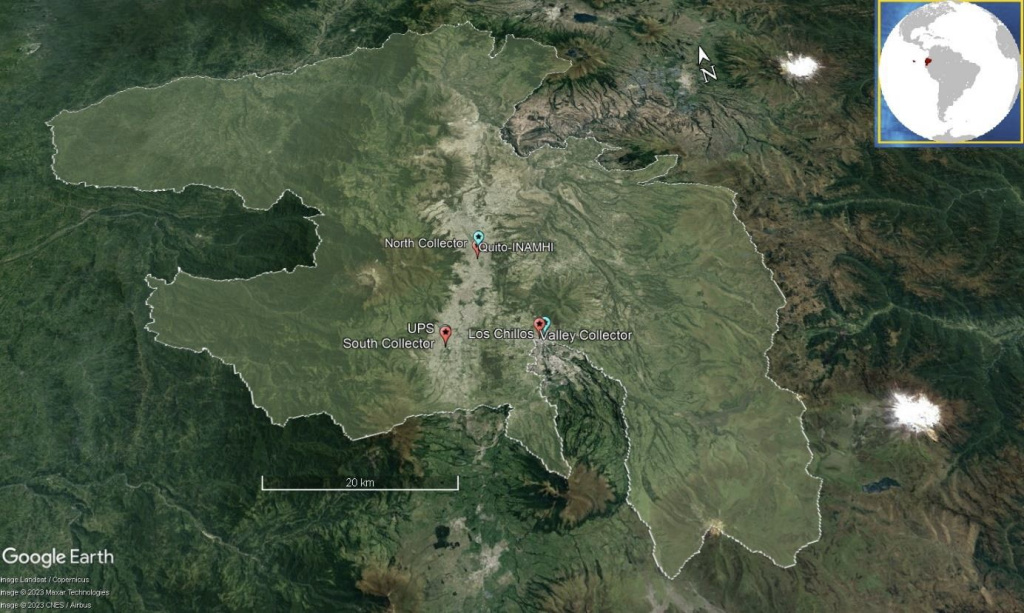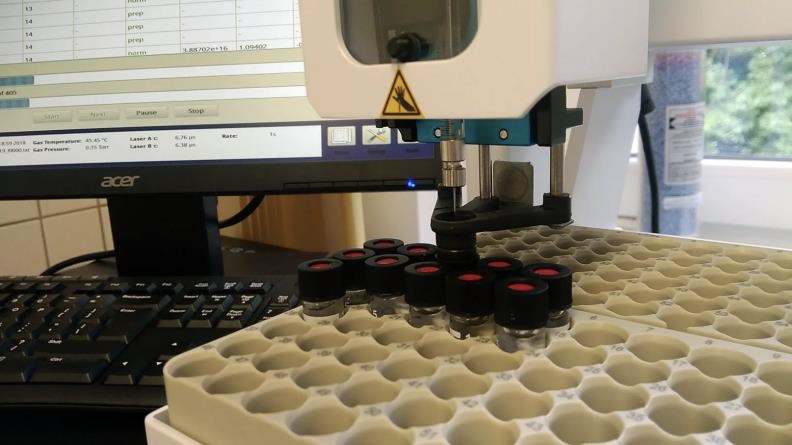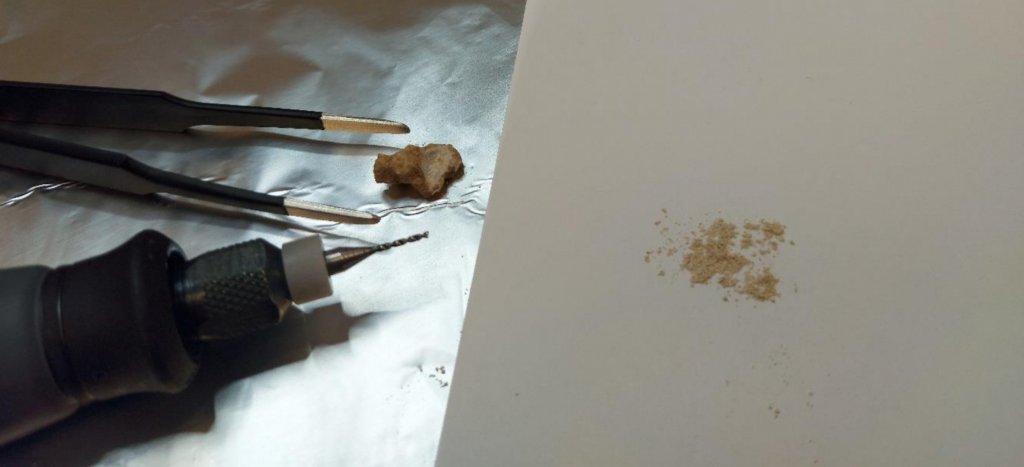21-EPN-FT1-012: Zebra dolomites revised: clumped isotope analysis as a tool to assess recrystallisation and dolomite cementation in overpressured settings
Visit by Swennen Rudy, KU Leuven (Belgium), to TA2 Facility 17 – Isotoptech Stable/Clumped Isotopes Laboratory (Hungary).
Dates of visit: 22-26 May 2023.
Report Summary: Zebra dolomites are marked by an alternation of millimeter thick dark colored, as recrystallised interpreted bands and white cement bands. Disruption of the banding is manifested by displacements that gradually increases and subsequently deceases before disappearing. This disruption also occurs at intracrystalline scale with crystal rehealing features as observable under cathodoluminescence. This disruption of the zebra dolomites is explained by dolomitization in relation to overpressured fluid flow.
In the framework of the Europlanet project zebra dolomite samples from 3 deep Belgian boreholes (Soumagne, Soiron and Bolland) were selected for clumped isotope analysis. The aim was to sample and analyse the dark fine crystalline and white coarse dolomite cements separately to infer the original (re)crystallization temperature. The following research questions were raised: i) is there a systematic difference in deduced temperature between the dark and white dolomite bands. If so then this could help to better constrain the recrystallisation and cementation. This would allow to assess the potential resetting of the original clumped isotope signature of the dark bands due to recrystallisation; ii) if the cement phases display uniform temperatures then this temperature can be compared with the minimum crystallization temperature deduced from primary fluid inclusion microthermometry [1]. The discrepancy between both temperatures, which links to the pressure correction, normally allows to quantify the overpressure of the system; iii) based on deduced crystallization temperature and δ18OPDB, the δ18OSMOW of the fluid can be assessed, allowing to constrain the origin of the dolomitizing fluids, certainly when combined with Sr isotope analysis.




